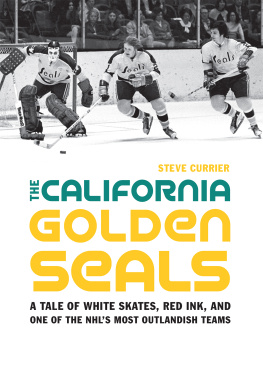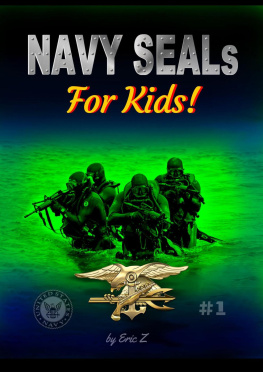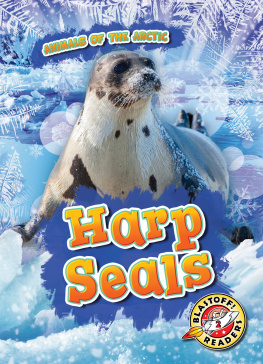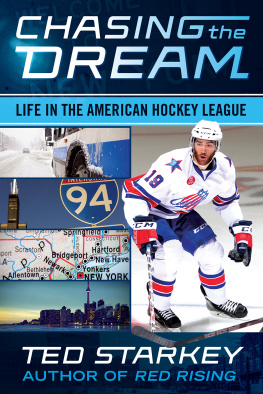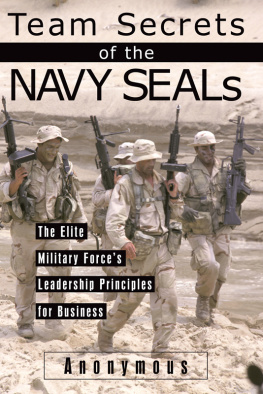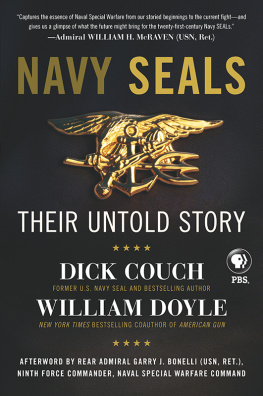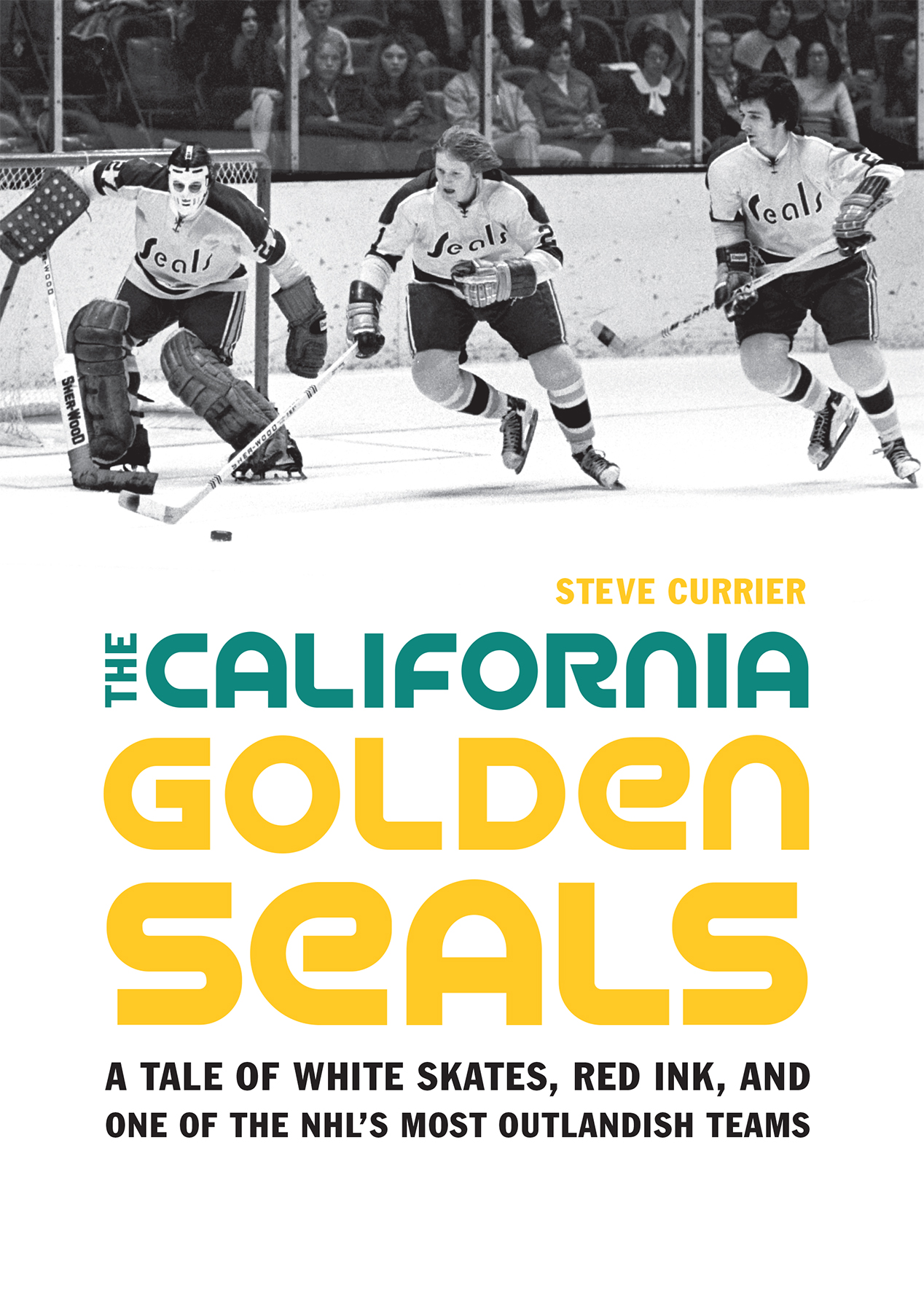Cover designed by University of Nebraska Press; cover image Ron Riesterer / Photoshelter.
Names: Currier, Steve, author.
Title: The California Golden Seals : a tale of white skates, red ink, and one of the NHL s most outlandish teams / Steve Currier.
Description: Lincoln : University of Nebraska Press, 2017. | Includes bibliographical references and index.
Subjects: LCSH : California Golden Seals (Hockey team)History. | BISAC: SPORTS & RECREATION / Hockey.
Classification: LCC GV 848. G 65 (ebook) | LCC GV 848. G 65 C 87 2017 (print) | DDC 796.962/640979461dc23
The publisher does not have any control over and does not assume any responsibility for author or third-party websites or their content.
To put together an accurate and amusing history of the Seals, it was necessary to find people who could help me fill in some blanks and provide stories few others had ever heard. My thanks go out first and foremost to the many people involved with the Seals who patiently sat through my awkward, bumbling interviews and answered question after question about their careers and their impressions of playing in the Bay Area. This is my first book, so rest assured, the conversations were bumpy and filled with rambling questions on my part, but everyone interviewed was incredibly patient, understanding, and, in many cases, helpful in contacting other great interviewees. I was fortunate to talk to two gentlemen who have been general managers in the NHL , a broadcaster who has called Super Bowls, a former 60-goal scorer, a Bill Masterton Trophy winner, and several All-Star Game participants. For that, I will be eternally grateful. Boundless thanks to John Bonasera, Bryan Campbell, Lyle Carter, Ted Hampson, Joey Johnston, Marshall Johnston, Wayne King, Ron Lalonde, Greg Lamont, Larry Leal, Jim Lingel, Larry Lund, Jack Lynch, Dennis Maruk, Howie Menard, Morris Mott, Dick and Sandi Pantages, Larry Patey, Scott Ruffell, Tim Ryan, Larry Schmidt, Frank Selke Jr., Leonard Shapiro, Gary Simmons, Joe Starkey, Tom Thurlby, and Cathy White for taking time out of their busy schedules to talk to me.
I would like to thank many of my fellow Society for International Hockey Research colleagues. Thanks to George Kloepping for answering my questions about the San Francisco Seals, to Todd Denault and Ken Reid for reading my manuscript and writing great blurbs for the back cover, to L. Waxy Gregoire for arranging an interview with Wayne King, and to Brad Kurtzberg for allowing me to quote several excerpts from his book Shorthanded: The Untold Story of the Seals; Hockeys Most Colorful Team. Thanks also to Rich Reilley of the Seals Booster Club for providing me with photos of his awesome collection of Seals memorabilia and for writing a great quote about Joe Serratore, to Dennis Turchek for providing me with some super photos of the Cleveland Barons, to Doug McLatchy of completehistoryofhockey.com for giving me a great deal on Seals photos, to the San Francisco Public Library, to the Manitoba Sports Hall of Fame, and to Mark Greczmiel and Elliot Lowe for allowing me to use several of their personal photos. I also wish to thank Pete Manzolillo for his stories about growing up as a Seals fan, Reggie Leach for reading an early draft of this book (and for having autographed it as well!), and my uncle Pete Tessier, who asked his friend Dan McCaig to reach out to Mr. Leach for me. More thanks go out to Marie-Claire Thauvette for asking her cousin, Bryan Campbell, to answer my questions about the 1967 expansion and his reasons for defecting to the WHA . Thanks to Adrien Robertson, for his invaluable feedback and advice during the early editing stages. Thanks also to Jane Curran for her help with the books final edit, and the staff at the University of Nebraska Press, particularly Rob Taylor, Courtney Ochsner, and Elizabeth Zaleski, for taking a chance on a book about a little-known, unsuccessful, white-skated hockey team, and for answering all my questions about the publishing process. I would also like to thank my friends and family, my brother Chris, and my parents, Jim and Gisele Currier, for having always encouraged me to keep writing and for letting me fill their house with dozens of boxes of the Hockey News and other hockey memorabilia. Last but not least, I would like to thank my wife, Hope, for her love and support even when this project started to eat up way too much of our time, our son Emmett, also known around these parts as the worlds cutest two-year-old, and our two kitties, Chilly and Blue, who could not help but walk in front of my computer screen or beg for treats every time I tried to get some work done.
Sections of this book had their origins in the following articles I first published with the Society for International Hockey Research: When Garry Met Charlie: The 197172 California Golden Seals and How They Almost Got It Right (Hockey Research Journal 15 [Fall 2011]: 9196); Turning Points: Ten Landmark Moments That Defined Californias Seals (Hockey Research Journal 17 [Fall 2013/14]: 5056); and The Fickle Finger of Fate (SIHR blog, March 8, 2015, http://sihr.ca/__a/public/column.cfm?cid=3&aid=353). I wish to thank the Society for International Hockey Research for supporting and promoting my work and for providing me with the means to get my first articles in the hands of hockey fans and historians.
Some of the game statistics and statistical information used herein were obtained free of charge from and are copyrighted by The Hockey Summary Project. For more information about the Hockey Summary Project please visit: http://hsp.flyershistory.com or http://sports.groups.yahoo.com/group/hockey_summary_project/.
Why the Seals? Why not write about the Montreal Canadiens or the Boston Bruins? For lack of a better word, the Seals were so weird, how could I not write about them? They werent Twin Peaksweird, but rather white-skates-on-white-ice-weird. Live-seals-as-mascots-weird. Since World War II, the Seals are the only NHL franchise to just vanish from existence, and this is because of a merger agreement hastily scribbled on a cocktail napkin in Czechoslovakia. And that was only after moving to an arena where sheep were known to roam nearby. Is that weird enough for you? Keep reading, it gets better...

